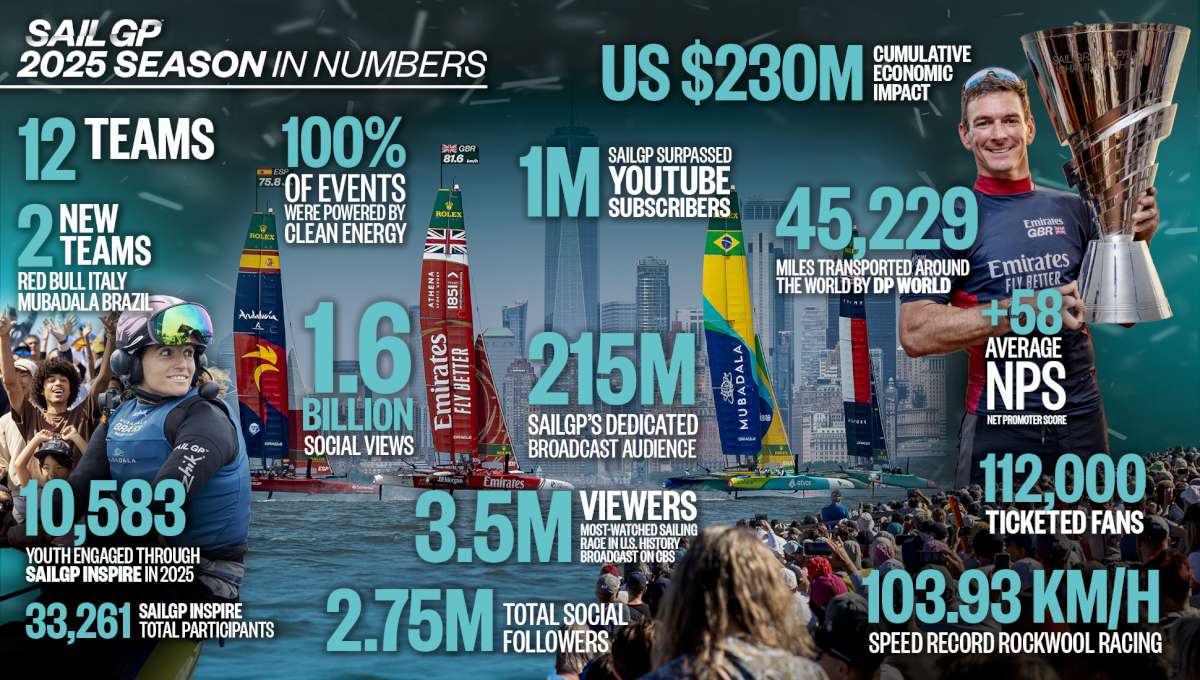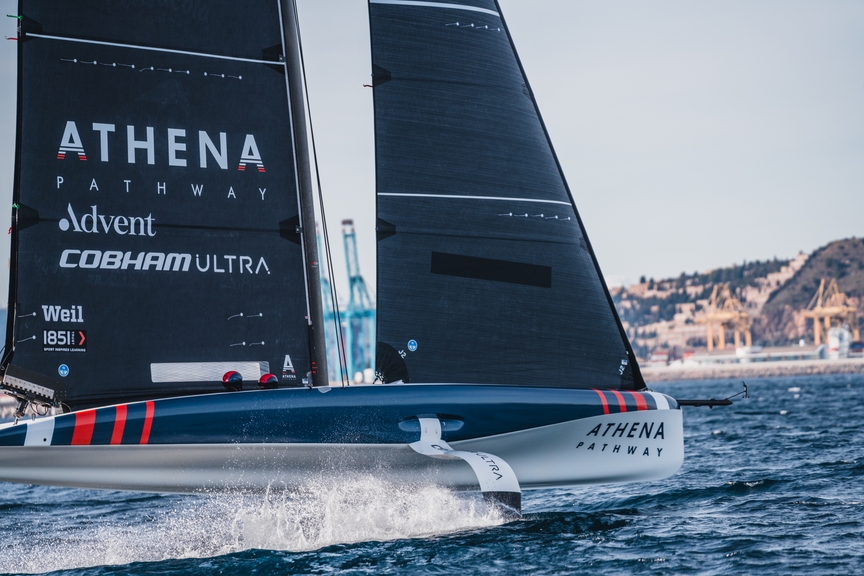All seven teams have now entered the Southern hemisphere. They’ve crossed the Equator, paying tribute to King Neptune, following the smelly traditions and hairy rituals.
Shaved head or not, things actually look pretty different down there.
There is wind. Strong, stable trade winds. 20+ knots of southeasterlies. The fleet is sailing faster, averaging 16 knots. That’s quite a difference after the calms of the Doldrums.
Abu Dhabi Ocean Racing are beating south towards Fernando de Noronha, with six nautical miles of lead over Team Brunel.
Team Vestas Wind are only 34 miles behind, with Dongfeng Race Team, MAPFRE, Team Alvimedica and Team SCA out of the convergence zone for good. Everyone is back in the chase.
“I kept asking our navigator Will, ‘are we out?’ smiles Seb Marsset on Alvimedica, drenched by the tropical rain. “And he was like ‘I don’t know yet.’ And I kept asking, ‘are we out, because I think we are!’
“I’m really happy to be gone. Even if we are far from the first ones, we’ve got plenty of time and opportunities to catch them up. So let’s sail!”
But with speed and upwind angles, comes heeling. It’s not comfortable anymore. It wasn’t that great under the scorching sun of the Doldrums either, and frustration reached new extremes, but at least it was flat.
Now they must deal with a sloping floor, a confused sea state, and bruised legs.
With speed, comes a new fashion too. No more board shorts, no more bare chests – full foul weather gear, helmets and goggles are out. The water is still warm, but the impact from the waves is solid, and protection is needed.
It’s fast, tilted, and powerful. The sailors love it.
“Others would go into safety mode, but he only pushes more,” says Rokas Milevicius on Brunel. The young Lithuanian looks at his skipper, Bouwe Bekking, a six-race veteran, helming in the breeze.
“The ocean, these conditions, this race, that’s his Copacabana.”
Ah, yes, Brazil. They are just sailing past it, but sadly, no stop is scheduled.
“I nicely asked the navigator Capey to drop me on my own Copacabana, the real one,” writes Stefan Coppers, Brunel’s Onboard Reporter. “He said, “that’s no problem – if you can swim 300 miles.”
The leading boats are rounding the waypoint of Fernando de Noronha right now, an island paradise off the Brazilian coast.
According to the race rules, they have to leave it on their port side before heading to Cape Town. All boats should have rounded it by tomorrow morning.
Sailing past a tropical haven without even a wee break must be slightly disappointing. But beyond the sailors’ dreams of a good meal, a shower and a little time on the beach, a lot is actually at stake in Fernando de Noronha.
“This is a critical moment,” says race meteorologist Gonzalo Infante. “The direction you head in right after rounding the island sets your long term strategy in the South Atlantic.”
Head southeast – it could indicate you’ve seen a split in the St Helena high-pressure system, and you’re thinking of cutting in between.
It’s a new hemisphere. With a new tempo, a new course, and new stakes.
The leg finish in Cape Town. 3,353 miles, a dozen days, and a South Atlantic Ocean away.
























